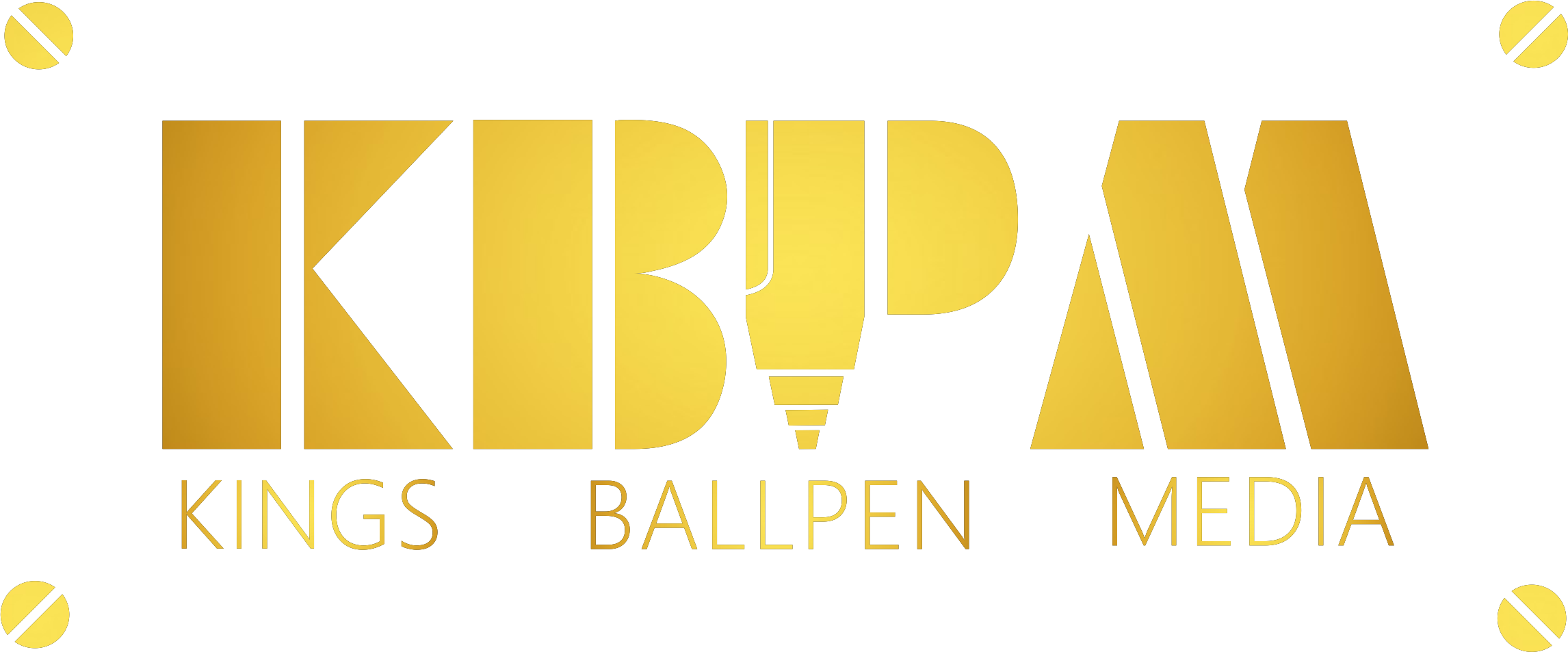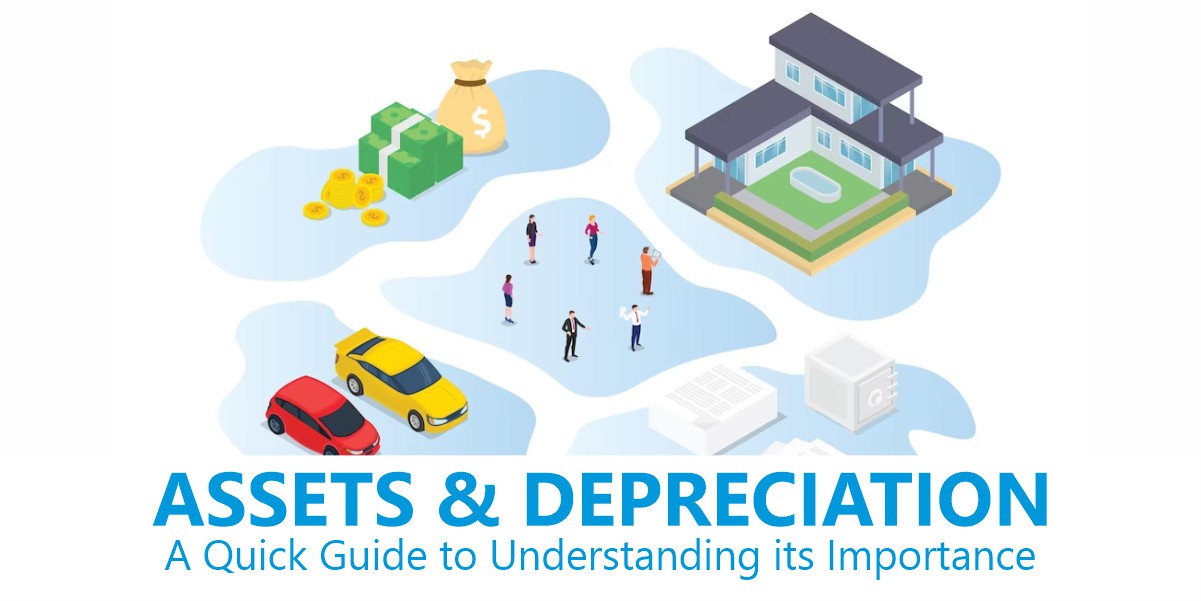A Quick Guide to Assets & Depreciation
A firm or organization’s assets are its resources that have a monetary value. These include tangible assets like equipment, buildings, and vehicles, as well as intangible assets like patents, trademarks, and copyrights.
Depreciation is the allocation of an asset’s cost across its useful life. This is done for accounting and tax purposes to stretch out the expense of an asset across the time it generates income. Depreciation assists businesses and organizations in matching the cost of an asset with the revenue it generates.
Depreciation can be calculated using many methods, such as straight-line depreciation, falling balance depreciation, and sum-of-the-years’-digits depreciation. The chosen approach will rely on the nature of the asset and the accounting policies of the company.
The significance of depreciation resides in its capacity to balance expenses and income during the asset’s useful life. By distributing the cost of an asset over its useful life, businesses and organizations can better match the income provided by the item with the costs associated with purchasing and maintaining it. This contributes to a more realistic depiction of the company’s financial performance and can be utilized to make decisions on the replacement or sale of assets.
How to Develop an Asset Depreciation Schedule
To create a depreciation schedule, businesses and organizations must identify the asset’s cost, its projected useful life, and the depreciation method to be utilized. The cost of the asset may include the purchase price, installation and commissioning fees, as well as any additional expenditures connected with preparing the asset for use. The useful life of an asset is the duration during which it is anticipated to generate income. The depreciation method is the formula or method used to determine the depreciation expense over the asset’s useful life.
How to Calculate an Assets & Depreciation Schedule – A Step-by-Step Guide
- Determine the cost of the asset: This is the amount you paid to purchase the asset or the cost of creating it if you made it yourself.
- Determine the useful life of the asset: This is the amount of time you expect to use the asset before it becomes fully depreciated.
- Choose a depreciation method: Common methods include straight-line, double-declining balance, and units of production.
- Calculate the annual depreciation amount: Divide the cost of the asset by its useful life to determine the annual depreciation amount.
- Create a depreciation schedule: This schedule will show the amount of depreciation for each year of the asset’s useful life.
It is essential to remember that the depreciation computation and schedule might vary based on the type of asset, the industry, and the applicable tax legislation. For detailed advice, it is advisable to speak with a tax expert or an accountant.
Schedules of depreciation should be routinely evaluated and revised to reflect changes in the asset’s value and useful life. In addition, the Tax regulatory body has specific standards and laws regarding the depreciation of assets, thus it is essential to consult a tax expert to assure compliance.
A company’s assets are its valuable resources, and depreciation is the act of allocating an asset’s cost over its useful life for accounting and tax purposes. It provides a more realistic picture of a company’s financial performance by matching the expense of an asset with the revenue it generates. To create a depreciation schedule, businesses must identify the asset’s cost, its projected useful life, and the depreciation method to be utilized. It is essential to consult a tax expert to ensure compliance with Tax regulations.
How do assets and depreciation apply to financial modelling?
Assets and depreciation play a significant part in assessing a company’s financial success and its ability to produce cash flow in financial modelling. Depreciation is a non-cash expense, meaning it does not require the corporation to make a cash payment, but it does diminish net income and cash flow from operations.
Assets and depreciation are often incorporated in the balance sheet and income statement when developing a financial model. The balance sheet details the value of a company’s assets and liabilities, while the income statement details its revenues, expenses, and net income. Depreciation expense is often listed as a line item under “operation expenses” on the income statement.
In financial modelling, the choice of depreciation technique can have a substantial effect on the financial performance of a corporation. Using the straight-line technique, for instance, will result in a more consistent depreciation expense during the asset’s useful life, whereas the decreasing balance method will result in higher depreciation expenses in the early years and reduced expenses in later years. This choice can have short- and long-term effects on net income and cash flow, so it is essential to select the technique that best matches the financial condition and type of the asset.
In addition, assets and depreciation play a role in predicting the future performance of a corporation. For example, when predicting a company’s future cash flow, it is essential to account for future depreciation expenses, the replacement of existing assets, and the acquisition of new assets. This will help assure the accuracy and realism of the company’s cash flow estimates.
Conclusion
In summary, in financial modelling, assets and depreciation are important in determining a company’s financial performance and forecasting its future performance. They are typically included in the balance sheet and income statement, Depreciation expense is included as a line item on the income statement under “operating expenses”. The choice of depreciation method can have a significant impact on a company’s financial performance, and it is important to choose the method that best reflects the company’s financial situation and the nature of the asset. Additionally, it is important to consider the future depreciation expense, as well as the replacement of existing assets and the acquisition of new assets when forecasting a company’s future cash flow.
Quick Links
Business Plan – Definition, Importance & What is Included
Financial Statements – Types and How To Read Them
Understanding Revenue Assumptions – Its Uses and Application
A Quick Guide to Expenses Assumption – Its Uses, Application and How to Create a Schedule
A Quick Guide to Payroll Expenses
A Quick Guide to Understanding Income Projection
An Overview on Profit & Loss table or Income Statement
What is Cash Flow – Its uses, importance & how to derive your cash flow statement
An Overview of Balance Sheet Statement & its Function
Breakeven Analysis – A Complete Guide

